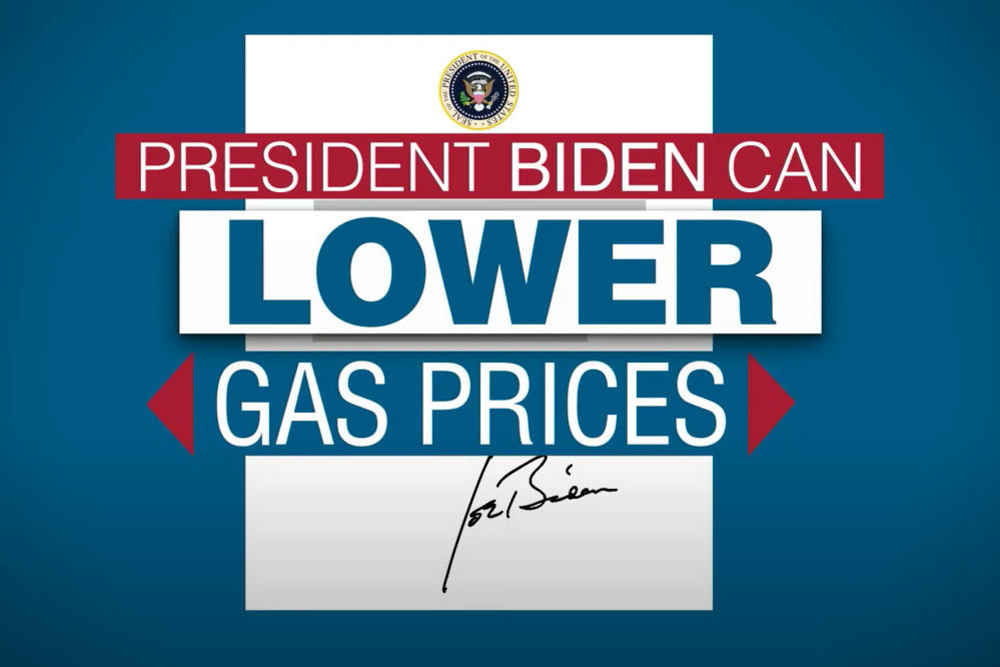The looming crisis of a RINs deficiency compounds the existing problems – primarily, the higher gas prices and fuel shortages – already resulting from reduced U.S. refining capacity.
According to a new analysis from the U.S. Energy Information Administration this week, the historically high gas prices in the U.S. and widespread reports of lower fuel inventory can be attributed to reduced refining capacity.
“Although many factors contribute to regional differences in retail gasoline prices, refinery closures in the West Coast and Rocky Mountain regions in the past year may be contributing to low refinery output of gasoline and the resulting low inventories, which contributes to higher prices,” the EIA’s new analysis contends. “In addition, both the Rocky Mountain and West Coast regions have been operating at reduced refinery utilization this summer compared with average summer rates—another factor limiting gasoline production and affecting prices.”
This is an acute problem for the Rocky Mountain region, which, according to the EIA, “produces almost all of the gasoline it consumes, with little flows to or from other U.S. regions and few imports.” Consumer gasoline inventories in the Rocky Mountain region are reportedly 15 percent lower than the five-year average.
Now, drivers in the Rocky Mountain region are bearing the brunt of higher gas prices because of these inventory shortages. According to a recent release from AAA, the average cost of gas in the state of Idaho is 61 cents more than the national average, joining Iowa with “neighboring states Utah and Wyoming in skyrocketing gas prices, primarily as a result of strong fuel demand and tight supplies.”
Another recent local report contends that, “Idaho, like neighboring Oregon, endures high gasoline prices in part because it contains no oil reserves and no refineries.”
“The region had 16 refineries until mid-2020, when HollyFrontier announced it was closing its refinery in Cheyenne, Wyoming, which had a capacity of 48,000 barrels per day (b/d), or 7% of the region’s total refining capacity,” the EIA analysis explains.
In June 2020, HollyFrontier cited anticipated loss of the RFS small refinery exemption as a factor in closing its refinery, noting the economic calamity of the COVID-19 pandemic, “coupled with forecasted uncompetitive operating and maintenance costs and the anticipated loss of the Environmental Protection Agency’s small refinery exemption.”
Now, according to EIA, “[HollyFrontier is] converting the refinery to renewable fuels production, but the immediate termination of traditional petroleum fuels production has contributed to comparatively low gasoline inventories for this time of year.”
Even though HollyFrontier is now converting its refinery into a renewable diesel facility, it is set to produce only about 10 percent of the fuel it previously output, with a workforce only around one third of its previous size. Meanwhile, it’s likely much of that renewable diesel will flow all but exclusively to the state of California, leaving a significant shortfall in refining capacity in the region.
As the shortfall in regional demand deepens, according to that same EIA analysis, the West Coast is already relying on increased imports of motor gasoline to meet fuel demand.
In fact, “West Coast imports of motor gasoline have increased, reaching a high of 270,000 b/d the week of July 2, the second-highest import volume for any week in EIA data, which dates back to 2004,” according to the analysis.
The Renewable Fuel Standard has already been shown to necessitate increased imports of biofuel, but this new analysis paints a troubling picture.
The flawed federal mandate is also necessitating increased imports of gasoline, ironically pushing the country back into the specter of foreign dependence that the Energy Independence and Security Act of 2007 – the law that expanded and extended the RFS – was intended to fix in the first place.
So, what happens if the RINs run out? It will look a lot like what we’re already seeing today—but with even higher gas prices, more widespread fuel inventory shortages, and thousands of fewer jobs to fuel America.
As America’s drivers pay the price for lower refining capacity today, the real costs of the federal biofuel mandate are still to be determined in the days to come.



